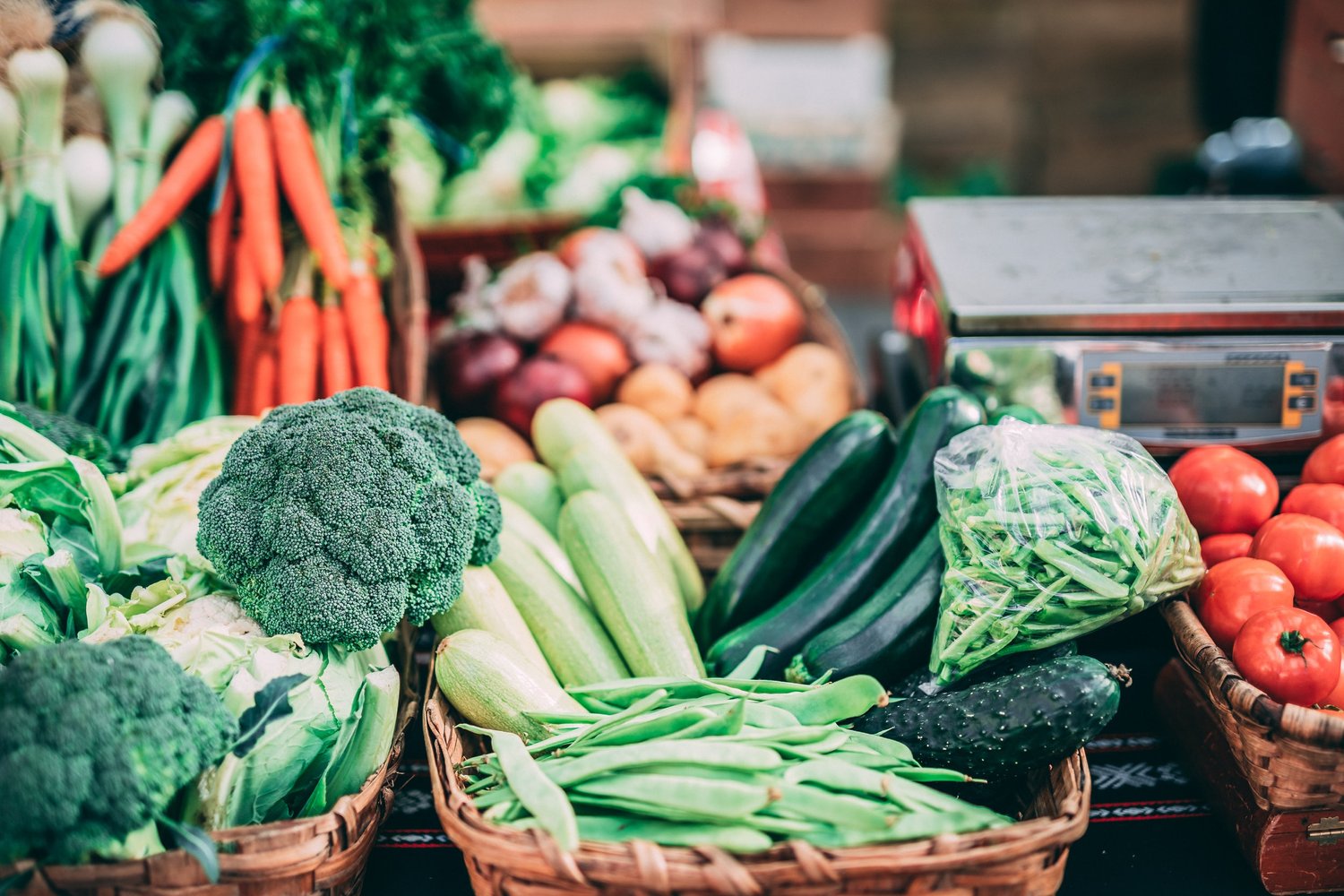The Nutrient 90% Of Americans Are Missing Out On — Eleat Sports Nutrition, LLC
[ad_1]

According to the 2020-2025 Dietary Guidelines for Americans, more than 90% of men and women do not meet the recommended daily intake for fiber. In this article, we discuss the health benefits of fiber, food sources, simple ways to increase intake, and provide five fiber-rich snack examples.
Health Benefits of Fiber
Dietary fiber are non-digestible carbohydrates that can be found in most plant foods. High fiber diets have been shown to have many health benefits including reducing the risk of chronic disease such as heart disease, obesity, and hypertension, managing blood sugar levels, and can positively impact cholesterol levels. Dietary fiber is an important nutrient for those with weight management goals as it aids in satiety, helping you feel full after a meal or snack.
Some dietary fibers also act as prebiotics, meaning they feed the good bacteria (probiotics) that help to make up your gut microbiome. The gut microbiome has been shown to influence many processes within the body including immunity, energy production, and mood. A more diverse microbiome has been associated with better health outcomes. Research has found that people who consume 30 or more different plants per week have a more diverse microbiome than those who eat 10 or less. This is not limited to just fruits and vegetables, as plant foods also refers to legumes, whole grains, nuts, and seeds.
While dietary fiber intake has great health benefits, athletes should use caution when consuming fiber around training time, as it can cause GI upset if consumed too close to a workout. Athletes should aim to limit fiber (and fat) intake within 1-2 hours prior to training.
Food Sources of Fiber and Simple Ways to Increase your Intake
The recommended daily intake for fiber is at least 25 grams for women and at least 38 grams for men. Dietary fiber is found in all plant foods like whole grains, fruits, vegetables, nuts, seeds, and legumes. While different foods will have different fiber content, here are simple tips and tricks to help increase your intake throughout the day:
Include Fruits and Vegetables
Aim to include a fruit or vegetable at all meals and most snacks. There are so many fiber-rich foods, but a few examples include raspberries, strawberries, avocado, broccoli, butternut squash, collard greens, apples, pears, and oranges. Including fruits or vegetables at all meals will also help you meet your vitamin and mineral needs for the day.
Add Seeds
Seeds such as chia or flax are nutrient-dense and are pretty flavorless, making them easy to add to meals or snacks without changing the flavor. I love to add them to oatmeal, yogurt, or smoothies.
Opt for Whole Grains
Whole grains such as brown rice, quinoa, oats, and sprouted grain bread are rich in fiber and several other essential vitamins and minerals.
Add Beans, Chickpeas, or Lentils to Your Meals
One cup of cooked beans or lentils contains about 15 grams of fiber. Add them to soups, salads, grain bowls, or stir-fries.
5 Snacks That Contain 5 Grams of Fiber or More
If you struggle with increasing your fiber intake throughout the day, here are five high-fiber snack ideas you can try.
-
Sprouted grain bread topped with ½ an avocado and hard-boiled egg
-
Greek yogurt with ½ cup raspberries and 1 T chia seeds
-
Whole grain crackers, chopped vegetables, and ¼ cup hummus
-
Fruit and protein smoothie (1 banana, ½ cup berries, protein powder, 1 T flaxseed)
-
½ cup edamame with an apple
[ad_2]
Source link




![Is Whey Gluten Free? [WHEY PROTEIN INFOGRAPHIC]](https://forzacavese.net/wp-content/uploads/2022/12/Is-Whey-Gluten-Free-WHEY-PROTEIN-INFOGRAPHIC-300x157.png)



